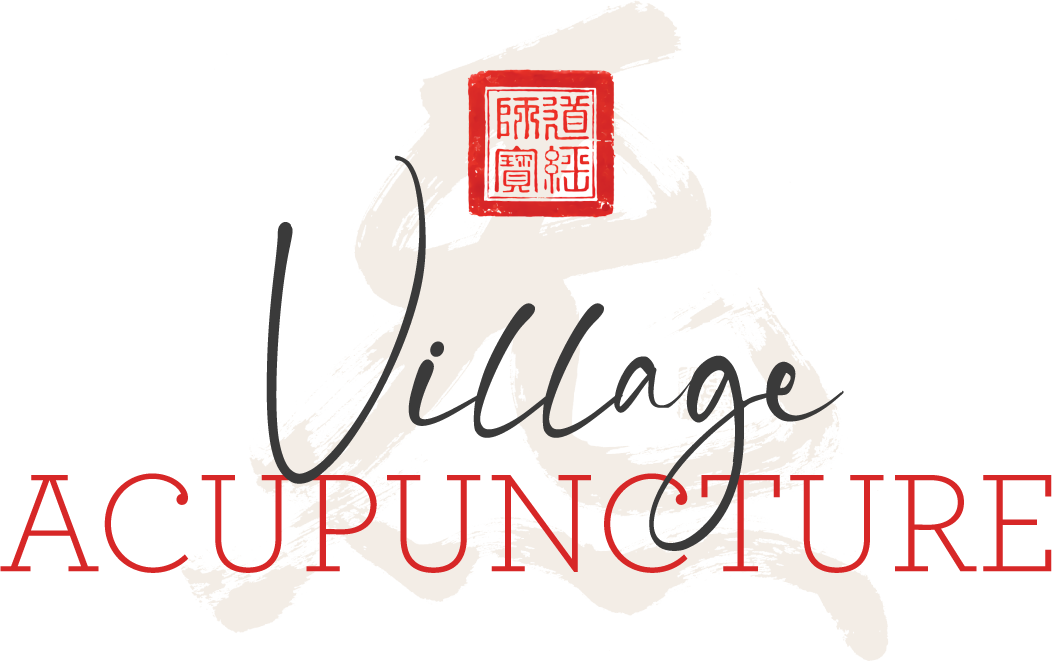Acupuncture Terms & Tools
There's a lot of confusion out there about what acupuncturists do...and don't do. What is moxibustion? Gua sha? Electro? Are these part of acupuncture or different? Do they require special training, and do acupuncturists receive that training?
There are myriad techniques which are part of Chinese medicine, growing out of the same philosophy and with the same clinical goals, that acupuncturists receive training in. Depending on whom one studies with and where she goes to school, these might include: moxibustion, cupping, gua sha, tui na, electro-acupuncture, topical application of herbs and liniments, qi gong / tai ji, abdominal palpation, and more.
As a general rule, most acupuncturists are trained in most of the above.
In this post, let's explain some common complementary modalities and what they do.
Moxibustion aka "Moxa"
This is an ancient practice, and a very important one, in Chinese medicine. Moxibustion is the burning of mugwort leaves over certain acupuncture points or areas of the body. The mugwort, or "moxa," possesses a unique ability to penetrate deep into the system—into the meridians themselves. A practitioner can choose to use moxa for many reasons; some of the most common are warming the body when the patient feels cold and boosting the qi when the patient feels run down.
Cupping
The application of cups—sometimes heated, sometimes not—on parts of the body, usually the back. The practitioner may leave the cups stationary or move them around. The suction they create is akin to a massage—a "reverse massage" of sorts, since the muscles and fascia are lifted rather than pressed in. Cupping is very relaxing. Its goal is to move qi and blood in order to loosen things up and alleviate pain. It can also address the common cold and respiratory conditions by opening up the chest. Cupping has a long history in Chinese medicine but is also found in folk traditions of Eastern Europe (and other regions too).
Gua Sha
Same concept as cupping except the qi and blood are moved by running a utensil, usually a special spoon, over the desired areas. Opens things up, promotes blood flow.
Tui Na
A form of bodywork that incorporates the Chinese medicine understanding of points, meridians, and holistic balance.
Electro-Acupuncture aka "Electro"
Attaching small electrodes to the needles which cause them to vibrate during treatment. Although it sounds as if it might be, electro-acupuncture is no more painful than regular acupuncture—which is to say, not painful at all. The electrodes simply provide a bit more stimulation. Electro-acupuncture is used primarily in the treatment of pain conditions, and it's a more recent development in the field.
Topical Herbs
Ever put aloe on a sunburn and felt its heavenly cooling effect? Just as herbs impart certain energetics when taken internally, they also act on the exterior of the body. The application of herbs to the skin—for pain conditions, dermatological conditions, etc.—is a time-honored practice.
Qi Gong / Tai Chi
Different but related approaches to working with energy via movement, posture, and breath. Qi gong is sometimes called "Chinese yoga," although their foundations are different.
Abdominal Palpitation & Diagnosis
The whole body gives the practitioner information regarding the patient's qi. Many acupuncturists rely on pulse-taking and tongue inspection as primary means of inspection, but for others palpating the abdomen is essential. This approach is especially important in Japanese style acupuncture, where the abdomen is referred to as the "hara."

